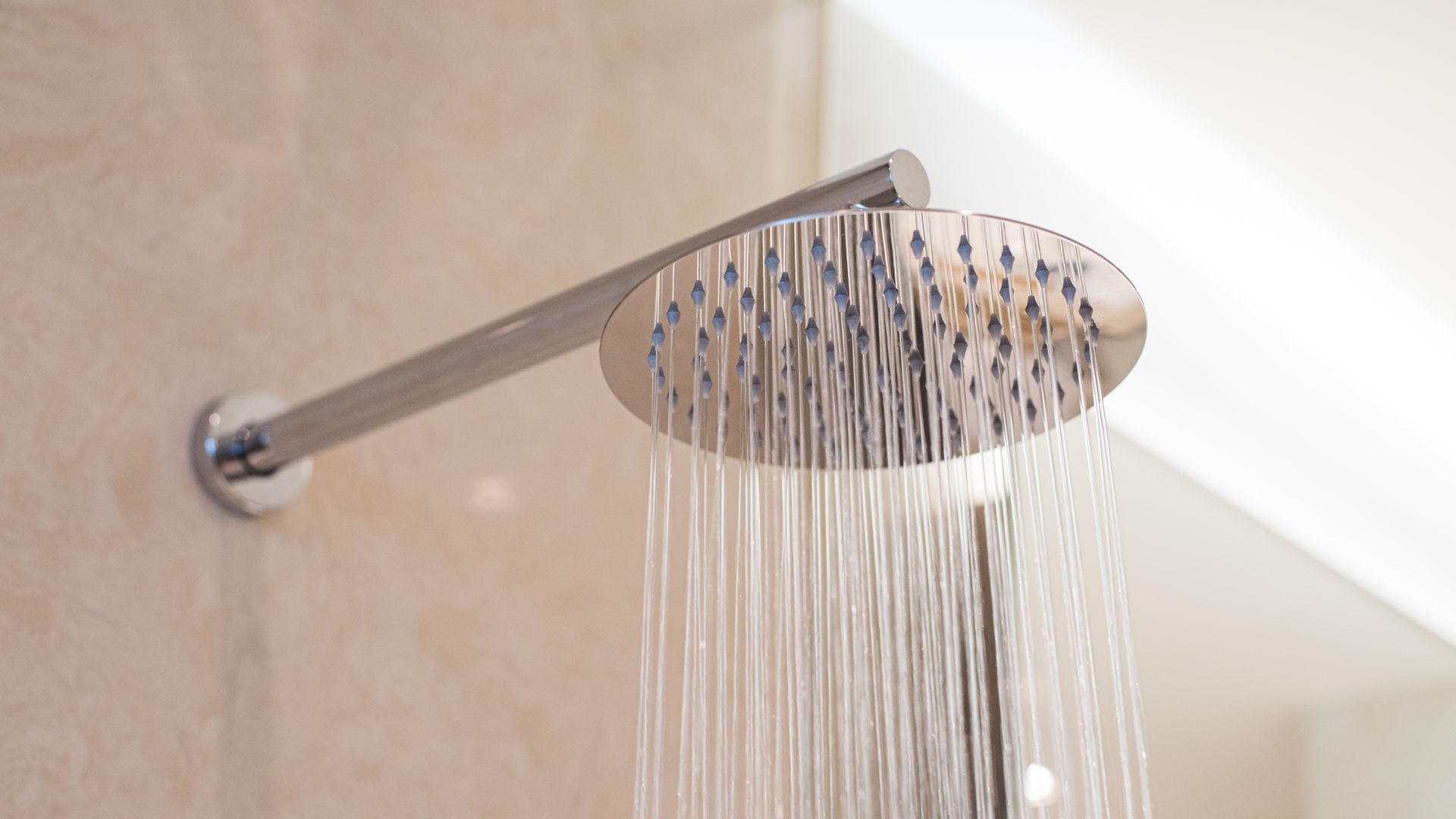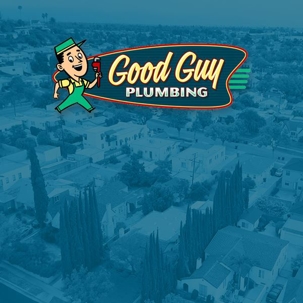Contact Our California Technicians
There are two main parts to your plumbing system: your water lines, which carry cold and hot water throughout your home, and your sewer system, which collects water and waste from your drains and carries it out to your sewer or septic tank. While most people keep their water lines in mind (mainly when a leak can deal with so much damage), few people pay much attention to their sewer lines. After all, when your sewer system works correctly, it’s easy to forget it’s even there.
However, it’s still important to know what your sewer system does, what it consists of, and what can cause problems. This blog will discuss some important things about your sewer system that every homeowner should know. In this essential guide, we’ll review the various parts of your sewer system, what can go wrong with it, how these problems are fixed, and some short-term and long-term solutions.
Parts of Your Sewer System
Your sewer system is pretty simple. Think of it sort of like a tree—a tree has a trunk that supports it and is the primary connection with the earth below, as well as different branches leading out to the various leaves, flowers, or fruit that grow on it. The ”trunk” of your sewer system is your main sewer line, which may also be referred to as your “sewer main.” This large pipeline is buried underground outside your home. It connects your entire sewer system to a public sewer (or your septic tank, but those aren’t too common around Southern California).
Connected to your main sewer line is a network of various drain lines. These lines run to all of the multiple drains found throughout your home. Your kitchen sink, bathroom sink, toilet, shower, and bathtub are the most apparent drains that just about everybody knows about. However, you also have drains in your dishwasher and washing machine, and you also likely have several drains around the perimeter of your home to collect and remove irrigation and rainwater safely.
Drain lines are pretty simple—they’re a drain pipe that connects the drain to your main sewer line, where the water and waste can be safely disposed of. However, you need to know one other essential part of each drain about the trap. A trap is a section of pipe that turns vertical, creating a segment where water is “trapped” and sits when a drain isn’t being used. This water plays an important role: sealing off your drain line and preventing the horrible smells and gasses from your sewer line from traveling back up your drain line.
Common Sewer Problems
The worst problem with your sewer system is a broken line, particularly your main sewer line. Broken or damaged sewer lines can cause everything from sewage to spill out into your property to shifting and settling of the land beneath your foundation, which results in slipping that could damage your home. It also causes a lot of foul odors on your property as well. Sewer line repair is a pretty big job, but it’s becoming easier with modern technology. While there may still come a time when plumbers have to dig up your drain line, trenchless technology allows plumbers to seal leaks or cracks in lines with a new liner, essentially forming a new pipe in your old one, which saves a lot of time and hassle.
However, the most common problems aren’t nearly as serious as a broken line. The most common problem is something almost all homeowners have to deal with at some point, and that’s a clog in your sewer line. Clogs are obnoxious—they prevent your water and waste from being able to escape, which backs up all of the drains in your home and leaves you wondering if you can even use your plumbing system. The good news is our plumbers have several ways to resolve clogged drains.
Short-Term Repairs
Short-term repairs have some advantages, the most significant being that they solve your problem for the time being and do it for a pretty low cost. These are often things you can also do yourself. For example, if you have a clogged toilet, a plunger will usually dislodge the clog just enough to the point where your toilet will flush normally again. It may even fix it for quite some time. However, this is only a short-term solution because it doesn’t eliminate the whole problem.
Long-Term Repairs
A long-term repair is generally much bigger and more expensive than a short-term repair; however, the advantage is that it takes care of a problem in its entirety. For example, it is possible to solve a leaking sewer line with a short-term solution, but completely replacing the line is a long-term solution because it also eliminates the potential for another leak developing in the future and other issues like scaling, corrosion, and more.
Preventative Maintenance
Preventative maintenance is another great way to get rid of sewer system problems. There are two great ways to maintain your drains and sewer lines. First, jetting is cleaning these lines using a high-pressure water jet. The jet obliterates clogs and obstructions as well as scrubs the walls of your plumbing to remove any traces of residue that may contribute to clog growth. We strongly recommend having your main sewer line inspected with a video line inspection every two years and having your line jetted if the video inspection reveals any significant signs of buildup.
Second, biological drain cleaners are a great way to keep clogs and sewer line problems at bay. These cleaners are not like those caustic cleaners you’ve come to know, which can ruin your plumbing and cause injury. Instead, these cleaners are composed of countless numbers of bacteria that eat away at organic matter in your drains and sewer lines. They’re completely harmless to pets and humans and can be safely washed away into your sewer lines without harming the environment.
If you have a sewer or drain line problem you need to be serviced, pick up the phone and call the Torrance plumbing experts from Good Guy Plumbing at (310) 879-5509!

